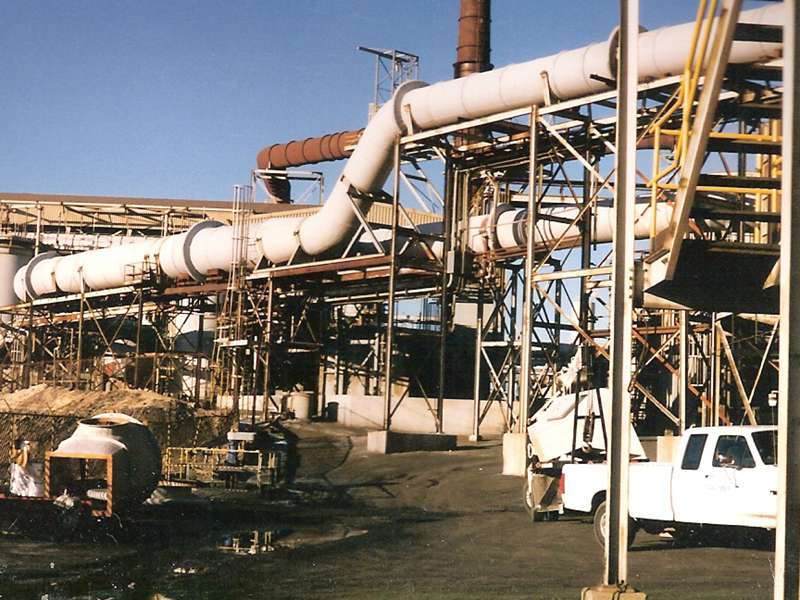
-
 Afrikaans
Afrikaans -
 Albanian
Albanian -
 Amharic
Amharic -
 Arabic
Arabic -
 Armenian
Armenian -
 Azerbaijani
Azerbaijani -
 Basque
Basque -
 Belarusian
Belarusian -
 Bengali
Bengali -
 Bosnian
Bosnian -
 Bulgarian
Bulgarian -
 Catalan
Catalan -
 Cebuano
Cebuano -
 China
China -
 China (Taiwan)
China (Taiwan) -
 Corsican
Corsican -
 Croatian
Croatian -
 Czech
Czech -
 Danish
Danish -
 Dutch
Dutch -
 English
English -
 Esperanto
Esperanto -
 Estonian
Estonian -
 Finnish
Finnish -
 French
French -
 Frisian
Frisian -
 Galician
Galician -
 Georgian
Georgian -
 German
German -
 Greek
Greek -
 Gujarati
Gujarati -
 Haitian Creole
Haitian Creole -
 hausa
hausa -
 hawaiian
hawaiian -
 Hebrew
Hebrew -
 Hindi
Hindi -
 Miao
Miao -
 Hungarian
Hungarian -
 Icelandic
Icelandic -
 igbo
igbo -
 Indonesian
Indonesian -
 irish
irish -
 Italian
Italian -
 Japanese
Japanese -
 Javanese
Javanese -
 Kannada
Kannada -
 kazakh
kazakh -
 Khmer
Khmer -
 Rwandese
Rwandese -
 Korean
Korean -
 Kurdish
Kurdish -
 Kyrgyz
Kyrgyz -
 Lao
Lao -
 Latin
Latin -
 Latvian
Latvian -
 Lithuanian
Lithuanian -
 Luxembourgish
Luxembourgish -
 Macedonian
Macedonian -
 Malgashi
Malgashi -
 Malay
Malay -
 Malayalam
Malayalam -
 Maltese
Maltese -
 Maori
Maori -
 Marathi
Marathi -
 Mongolian
Mongolian -
 Myanmar
Myanmar -
 Nepali
Nepali -
 Norwegian
Norwegian -
 Norwegian
Norwegian -
 Occitan
Occitan -
 Pashto
Pashto -
 Persian
Persian -
 Polish
Polish -
 Portuguese
Portuguese -
 Punjabi
Punjabi -
 Romanian
Romanian -
 Russian
Russian -
 Samoan
Samoan -
 Scottish Gaelic
Scottish Gaelic -
 Serbian
Serbian -
 Sesotho
Sesotho -
 Shona
Shona -
 Sindhi
Sindhi -
 Sinhala
Sinhala -
 Slovak
Slovak -
 Slovenian
Slovenian -
 Somali
Somali -
 Spanish
Spanish -
 Sundanese
Sundanese -
 Swahili
Swahili -
 Swedish
Swedish -
 Tagalog
Tagalog -
 Tajik
Tajik -
 Tamil
Tamil -
 Tatar
Tatar -
 Telugu
Telugu -
 Thai
Thai -
 Turkish
Turkish -
 Turkmen
Turkmen -
 Ukrainian
Ukrainian -
 Urdu
Urdu -
 Uighur
Uighur -
 Uzbek
Uzbek -
 Vietnamese
Vietnamese -
 Welsh
Welsh -
 Bantu
Bantu -
 Yiddish
Yiddish -
 Yoruba
Yoruba -
 Zulu
Zulu
frp ductwork
Understanding FRP Ductwork Advantages and Applications
Fiberglass Reinforced Plastic (FRP) ductwork is gaining popularity in various industrial and commercial applications due to its numerous advantages over traditional materials. Composed of a polymer matrix reinforced with fiberglass, FRP ducting is lightweight, durable, and resistant to a variety of environmental factors, making it an ideal choice for many settings.
Understanding FRP Ductwork Advantages and Applications
Another significant advantage of FRP ductwork is its lightweight nature. This makes installation easier and less labor-intensive compared to heavier materials like steel or aluminum. The reduced weight also leads to lower transportation costs and facilitates easier handling during installation and maintenance. Additionally, FRP can be fabricated into complex shapes and sizes, allowing for greater design flexibility in various projects.
frp ductwork

Moreover, FRP ducting exhibits excellent thermal insulation properties. This not only enhances energy efficiency by minimizing heat loss or gain but also helps in maintaining stable temperatures within the system. Consequently, it can contribute to lower energy costs and improved system performance in heating, ventilation, and air conditioning (HVAC) applications.
Sound attenuation is another important characteristic of FRP ductwork. Its structure helps in reducing noise levels associated with airflow, making it a suitable choice for environments where noise reduction is essential, such as in residential complexes or commercial buildings.
Despite its many advantages, it’s essential to consider the specific requirements of a project when choosing ductwork materials. Factors such as budget, environmental conditions, and regulatory requirements must be evaluated to ensure that FRP ducting is the best fit for the intended application.
In conclusion, FRP ductwork presents a compelling option for various industries due to its corrosion resistance, lightweight nature, and thermal insulation properties. As more facilities look to enhance efficiency and sustainability, the adoption of FRP ducting systems is likely to continue rising, solidifying its role as an essential component in modern infrastructure.









